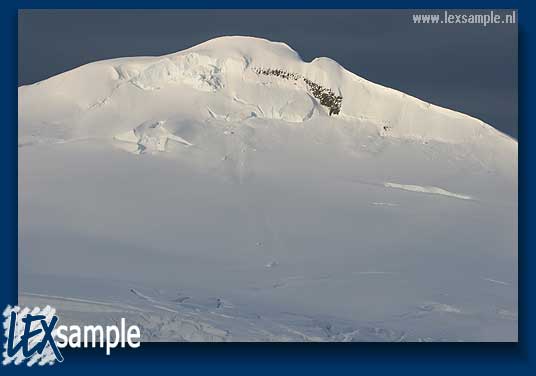 |
The early morning light shines on the mountain slopes near Port Lockroy on the West side Wiencke island.
|
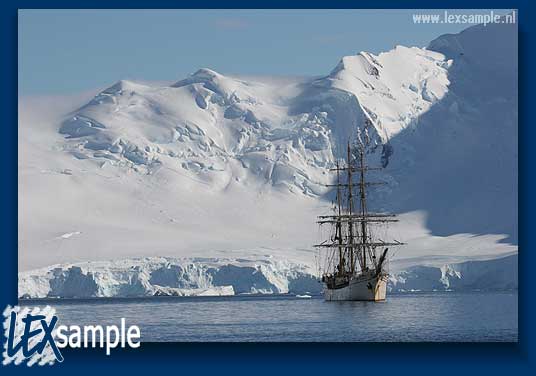 |
The tall ship has anchored at the bay at Port Lockroy, close to the British building that serves as a post office and museum.
|
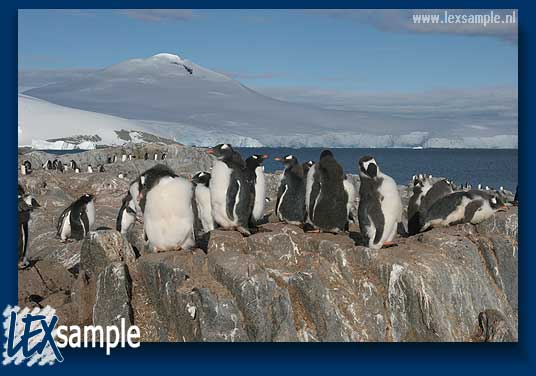 |
A large colony of Gentoo Penguins (Pygoscelis papua) at Jougla Point.
|
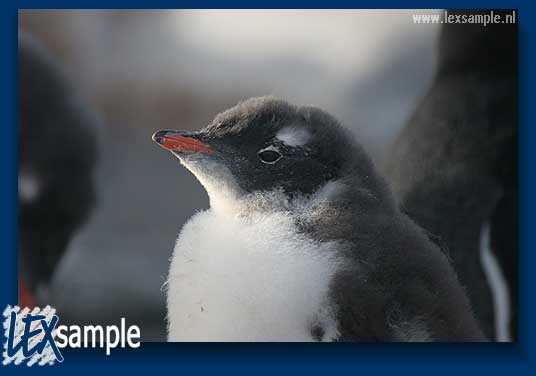 |
Early March most young Gentoo Penguins have grown quite a lot and are busy changing their furry coat for one with feathers.
|
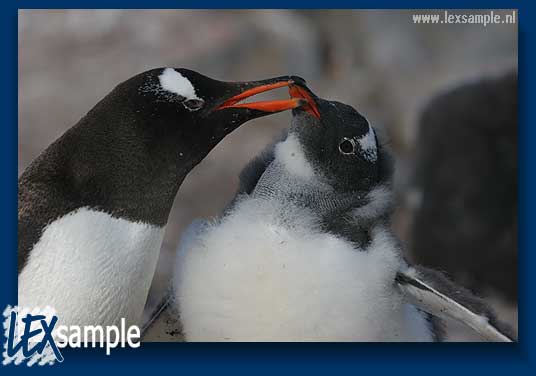 |
| Older juveniles too of these Gentoo Penguins still have to be fed by their parents. Feeding continues until they have grown their own feathers and they can swim and hunt for their own food. |
 |
This is a recording of a young begging for food from the parent. Gentoo calls remind you of a donkey, a sound which can be heard in the second part of this recording.
|
|
This photograph is available as a postcard. For more information, view the catalogue (opens in new window).
|
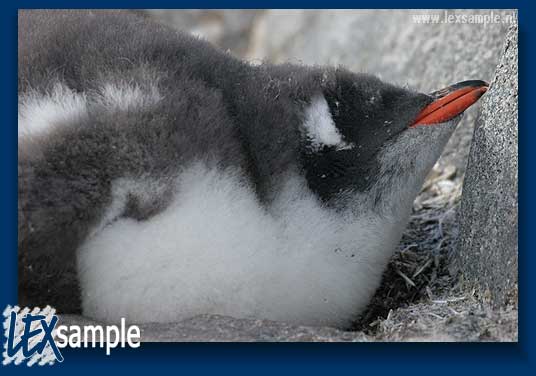 |
Young Gentoos enjoy a bit of sun shining over their colony on this day in Autumn.
|
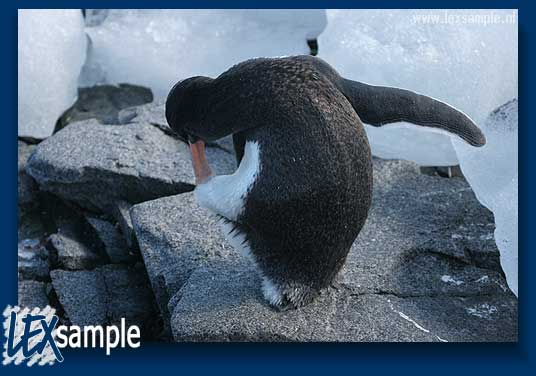 |
And this is what a Gentoo Penguin does when scratching his ear...
|
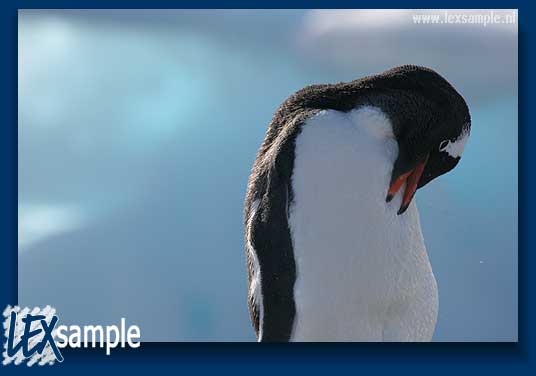 |
| One thing all birds have in common, is that the condition of their feathers needs to be maintained constantly. All birds spend a lot of time preening their feathers. |
Download this wallpaper as a background for your computer.
|
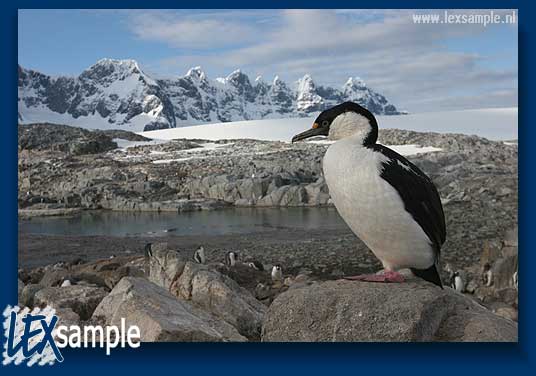 |
| At the border of the Gentoo colony, we find a few Antarctic Shags (Phalacrocorax (atriceps) bransfieldensis). |
This photograph is available as a postcard. For more information, view the catalogue (opens in new window).
|
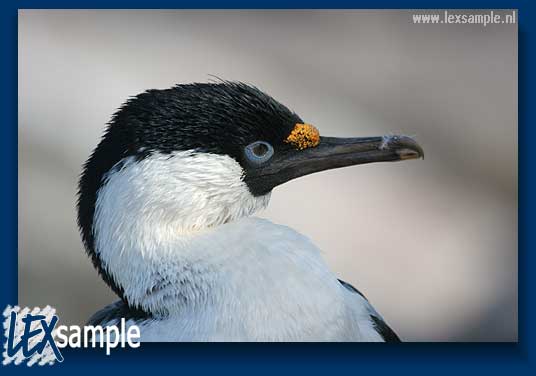 |
| It's clear to see why Antarctic Shags are sometimes called Blue-eyed Shags. |
This photograph is available as a postcard. For more information, view the catalogue (opens in new window).
|
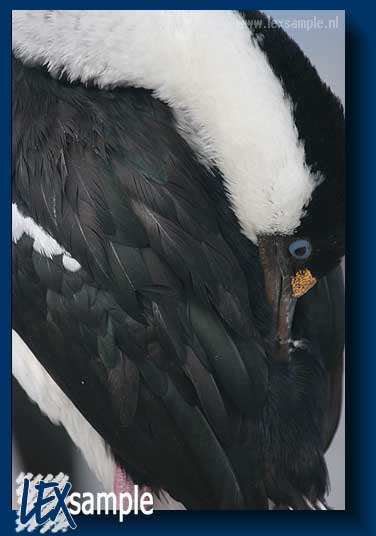 |
There are actually several subspecies of "Blue-eyed Shags" the Antarctic Shag is only one of them.
|
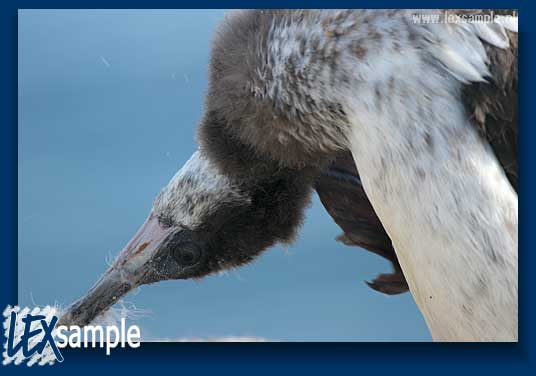 |
Young Antarctic Shags do not yet have these blue eyerings nor the yellow knob above their beak.
|
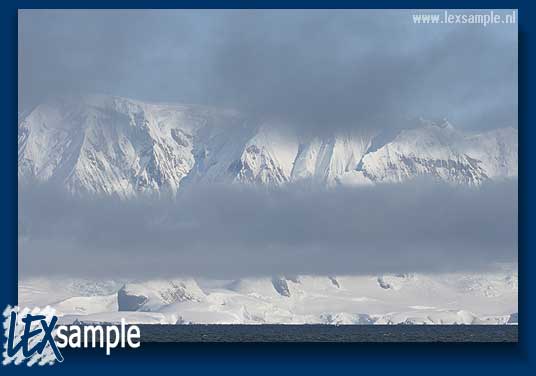 |
Every now and then clouds hang low, blocking your view over the area.
|
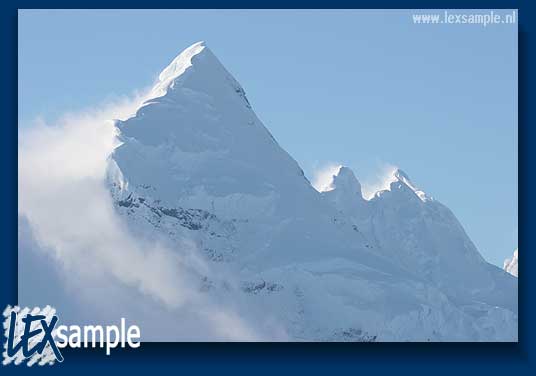 |
Behind Port Lockroy is a mountain range called the Seven Sisters. Seven high peaks, three of which are shown on this photographs.
|
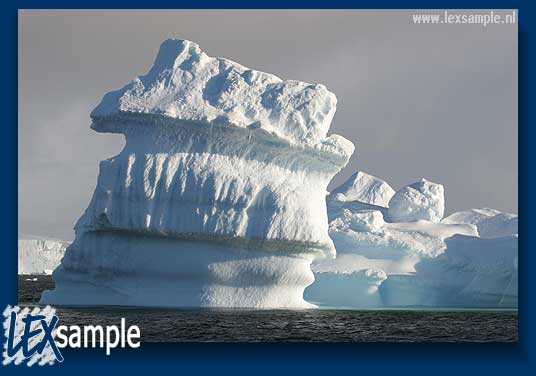 |
An iceberg shaped in the form of a mushroom by water and wind.
|
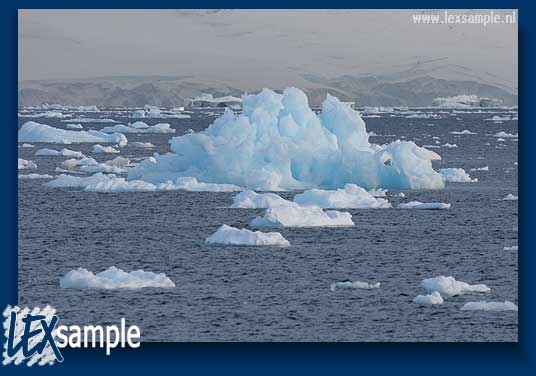 |
The largest table icebergs from the Antarctic continent will take about two years to melt, sometimes disintegrating into smaller pieces that can still be quite large.
|
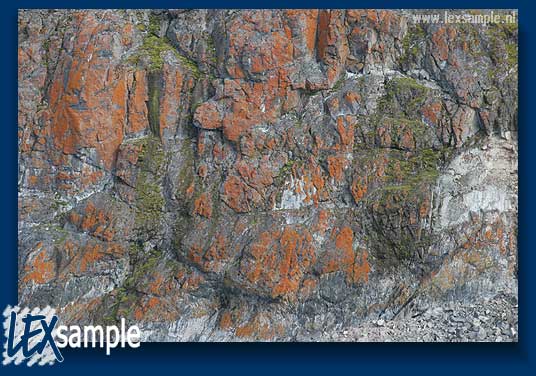 |
A cliff in the Gerlache Strait, not covered with ice but with lichens. It is difficult to spot the tiny penguins at the right bottom of the photograph, revealing the size of the patches of lichens.
|
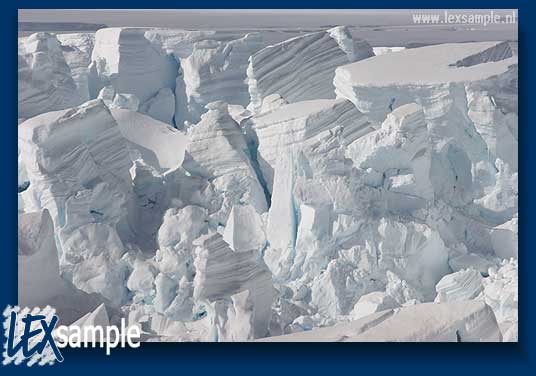 |
Icebergs are found in all shapes and forms, this one here in the Gerlache Strait.
|
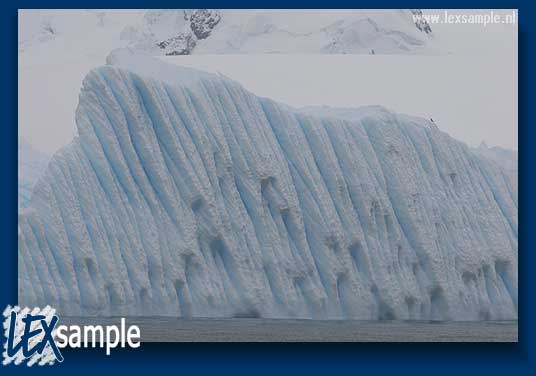 |
It is quite possible that these patterns have been created by air bubbles that carved this pattern in the side of the iceberg.
|







































 Next
Next